Behind the Mask: Dr. Phibes Rises Again from Script to Screen
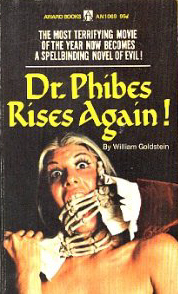
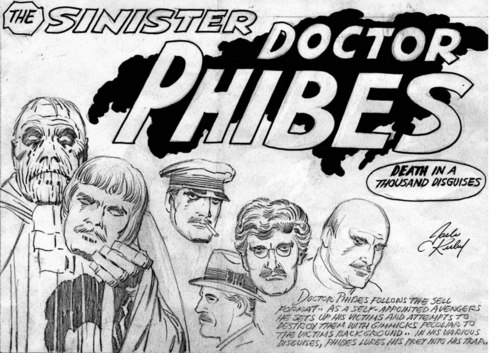 Dr. Phibes Rises Again (1972) brought back Vincent Price and director Robert Fuest for a second go-round with AIP’s favorite madman. Phibes’ original screenwriters William Goldstein and James Whiton penned the first draft of the sequel entitled The Bride of Dr. Phibes. While the resulting film retained significant elements from this work, AIP chose to hand the writing chores over to Robert Blees with director Robert Fuest making final revisions on the produced script. Whiton and Goldstein’s sequel script would resurface several times over the years for AIP as a possible third film re-titled Phibes Resurrectus and later for AIP’s successor, New World Pictures for a revival titled Phibes Resurrected. Between these attempts, Goldstein came very close to getting a television series, The Sinister Dr. Phibes off the ground with comic book legend Jack Kirby providing the designs for the network presentation. A survey of the development of the sequel makes the film’s international title, Frustration seem all too apt.
Dr. Phibes Rises Again (1972) brought back Vincent Price and director Robert Fuest for a second go-round with AIP’s favorite madman. Phibes’ original screenwriters William Goldstein and James Whiton penned the first draft of the sequel entitled The Bride of Dr. Phibes. While the resulting film retained significant elements from this work, AIP chose to hand the writing chores over to Robert Blees with director Robert Fuest making final revisions on the produced script. Whiton and Goldstein’s sequel script would resurface several times over the years for AIP as a possible third film re-titled Phibes Resurrectus and later for AIP’s successor, New World Pictures for a revival titled Phibes Resurrected. Between these attempts, Goldstein came very close to getting a television series, The Sinister Dr. Phibes off the ground with comic book legend Jack Kirby providing the designs for the network presentation. A survey of the development of the sequel makes the film’s international title, Frustration seem all too apt.
The October 1971 draft of The Bride of Dr. Phibes makes it evident that Goldstein and Whiton (like many screenwriters before and since) were cheated of a story credit for the sequel since much of the resulting film’s structure is derived from their unproduced script. Phibes’ carefully-planned resurrection and his scheme for reanimating his late wife are exactly as one finds in the finished film. Additionally, the central characters of Emil Salveus and his mistress Daphne Burlingame are virtually identical to the film’s central characters, Jonathan Biederbeck and Diana Trowbridge. Goldstein and Whiton focus the sequel on a the Institute for Psychic Phenomenon which houses a Satanic cult led by the now adult Lem Vesalius seeking vengeance against Phibes nine years after the events of the first film. The Scotland Yard stalwarts, Trout, Schenley, and Crow return to good effect. Although Crow’s role seems better suited to his direct report, Waverley who is missing here. There’s a gripping sequence set at Wembley Arena that is remakably similar to a scene in one of the early Fantomas novels where the detectives think they’ve nabbed Phibes only to discover it is one of his automatons. It is easy to see why this excellent script would not die and resurfaced several times under variant titles over the ensuing decade.
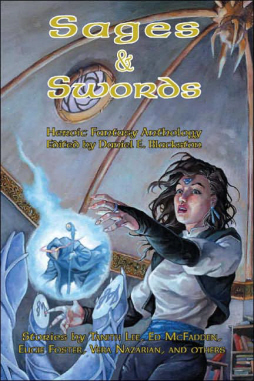
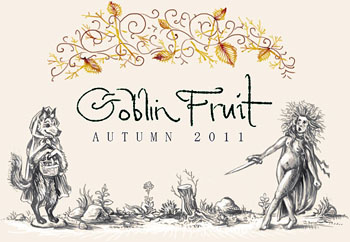 The new
The new 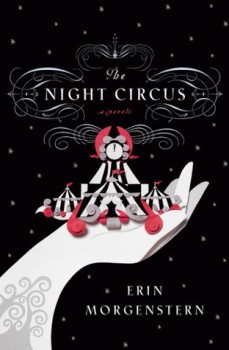
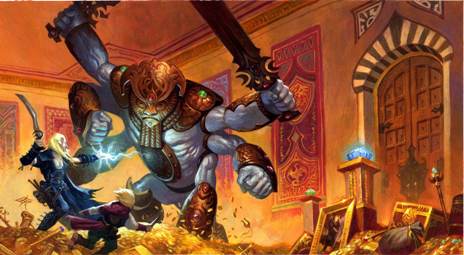
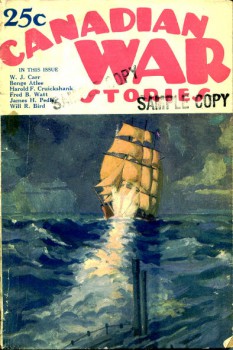
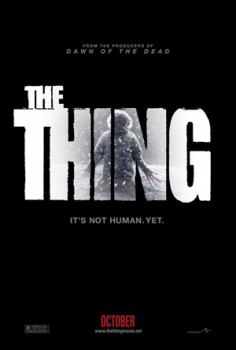
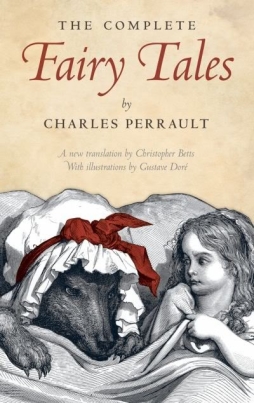 In my
In my 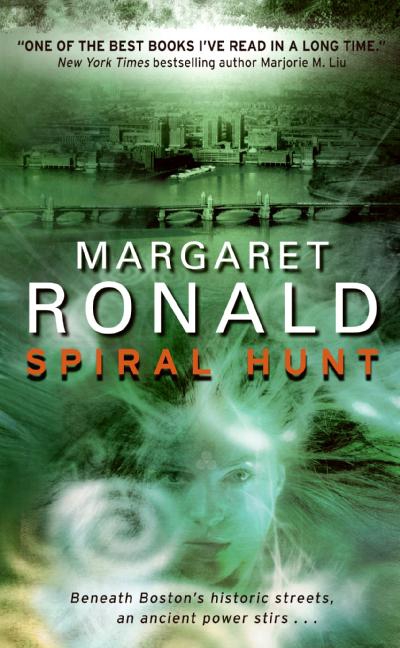 Spiral Hunt
Spiral Hunt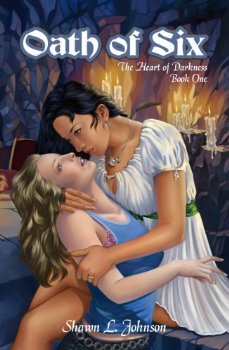 It took me years to complete the first draft of Oath of Six, the first volume in my fantasy series The Heart of Darkness.
It took me years to complete the first draft of Oath of Six, the first volume in my fantasy series The Heart of Darkness.